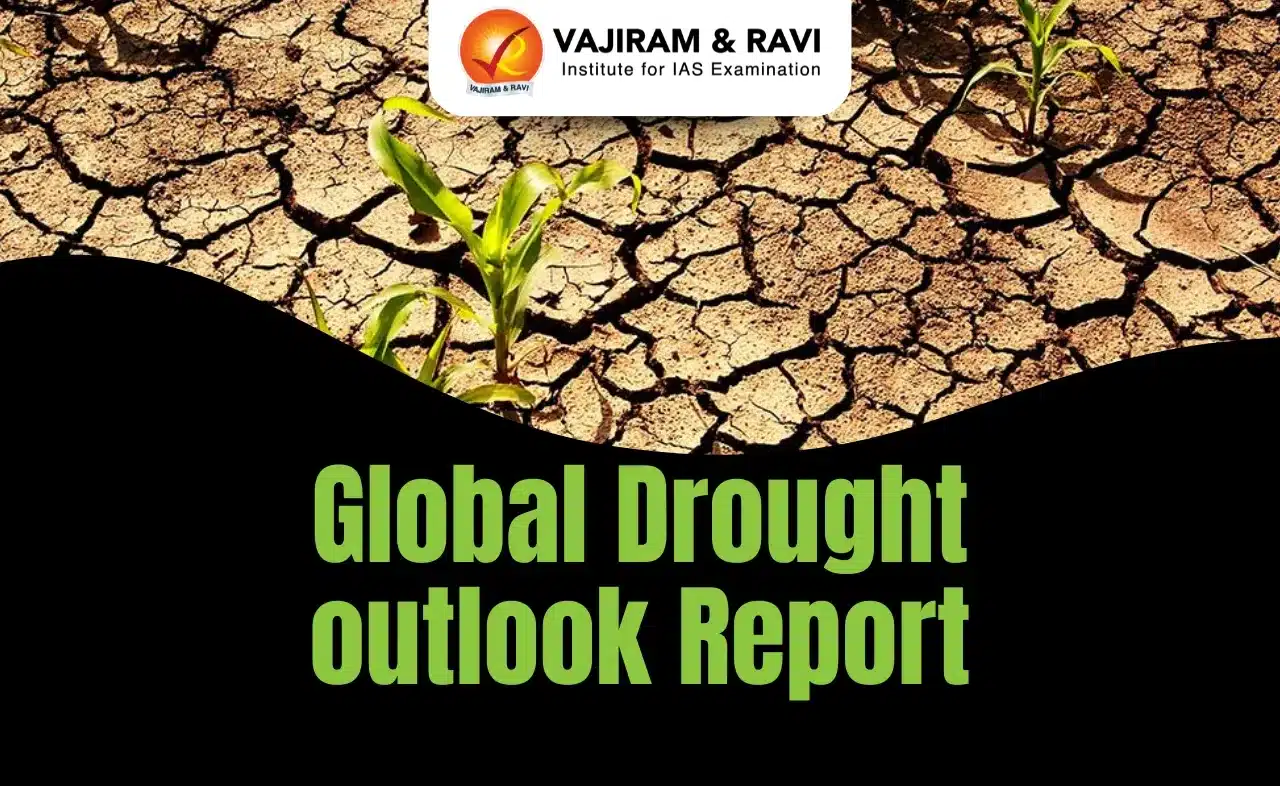Parker Solar Probe Latest News
Parker Solar Probe: Mission to ‘Touch’ the Sun
Why in the News?
- On March 22, 2025, NASA’s Parker Solar Probe approached the Sun more closely, reaching 6 million km from its surface.
- The probe, launched in 2018, has set the record for being the closest spacecraft to the Sun and will continue making 24 close approaches to study solar activity.
About the Parker Solar Probe
- Launched by NASA on August 12, 2018, from Cape Canaveral, Florida.
- Designed to study the Sun’s corona, solar wind, and magnetic field to understand space weather and its effects on Earth.
- Moves in a highly elliptical orbit, using Venus’ gravity assist to spiral gradually closer to the Sun.
- Speed: The fastest human-made object, reaching 692,000 km/hr.
- Closest approach: It will come as close as 3.83 million miles (6.16 million km) from the Sun’s surface, about 7 times closer than any previous spacecraft.
Key Features of Parker Solar Probe
|
Feature |
Details |
|
Heat Shield |
A 4.5-inch-thick (11.43 cm) carbon-composite shield, capable of withstanding temperatures of 1,377°C (2,500°F). |
|
Scientific Instruments |
– FIELDS: Measures electric & magnetic fields in the corona. |
|
Faraday Cup |
An external instrument made of molybdenum alloy that directly measures solar wind ions & electrons in extreme heat. |
|
Mission Duration |
Designed to complete 24 orbits around the Sun, with a mission extending into the 2030s. |
Scientific Breakthroughs from Parker Solar Probe
- Discovery of “Magnetic Switchbacks”: The probe found sudden reversals in the solar wind’s magnetic field, which might help explain how the solar wind accelerates.
- Detection of Dust-Free Zones: Contrary to earlier beliefs, the probe found dust-free pockets near the Sun, altering our understanding of solar system dust distribution.
- First ‘Touch’ of the Sun (2021): In April 2021, the probe entered the Sun’s corona, crossing the Alfvén surface—a boundary beyond which solar wind escapes into space.
Comparison: Parker Solar Probe vs. Aditya-L1 (India’s Solar Mission)
|
Feature |
Parker Solar Probe |
Aditya-L1 (ISRO) |
|
Launched by |
NASA (2018) |
ISRO (2023) |
|
Mission type |
In-situ study (flies into the corona) |
Remote observation (placed at Lagrange Point L1) |
|
Closest approach |
6.1 million km from the Sun |
1.5 million km from Earth |
|
Main objective |
Study coronal heating, solar wind, and magnetic fields |
Study solar flares, CMEs, and magnetic storms |
|
Scientific payloads |
4 major instruments |
7 instruments including coronagraph |
Parker Solar Probe FAQs
Q1. What is the Parker Solar Probe?
Ans. The Parker Solar Probe is a NASA spacecraft launched in 2018 to study the Sun’s outer atmosphere (corona) and solar wind. It is the closest spacecraft to the Sun.
Q2. Why is the Parker Solar Probe significant?
Ans. It helps scientists understand solar activity, space weather, and its impact on Earth, satellites, and astronauts.
Q3. What is the mission objective of the Parker Solar Probe?
Ans. The mission aims to study the Sun’s corona, solar wind acceleration, and magnetic fields to improve space weather predictions.
Q4. How close will the Parker Solar Probe go to the Sun?
Ans. The probe will travel within 6.16 million km of the Sun’s surface, enduring extreme temperatures up to 1,377°C.
Q5. How does the Parker Solar Probe survive extreme heat?
Ans. It has a 4.5-inch-thick carbon-composite heat shield that protects it from the Sun’s intense heat and radiation.
Source: TH
Last updated on June, 2025
→ UPSC Notification 2025 was released on 22nd January 2025.
→ UPSC Prelims Result 2025 is out now for the CSE held on 25 May 2025.
→ UPSC Prelims Question Paper 2025 and Unofficial Prelims Answer Key 2025 are available now.
→ UPSC Calendar 2026 is released on 15th May, 2025.
→ The UPSC Vacancy 2025 were released 1129, out of which 979 were for UPSC CSE and remaining 150 are for UPSC IFoS.
→ UPSC Mains 2025 will be conducted on 22nd August 2025.
→ UPSC Prelims 2026 will be conducted on 24th May, 2026 & UPSC Mains 2026 will be conducted on 21st August 2026.
→ The UPSC Selection Process is of 3 stages-Prelims, Mains and Interview.
→ UPSC Result 2024 is released with latest UPSC Marksheet 2024. Check Now!
→ UPSC Toppers List 2024 is released now. Shakti Dubey is UPSC AIR 1 2024 Topper.
→ Also check Best IAS Coaching in Delhi
























